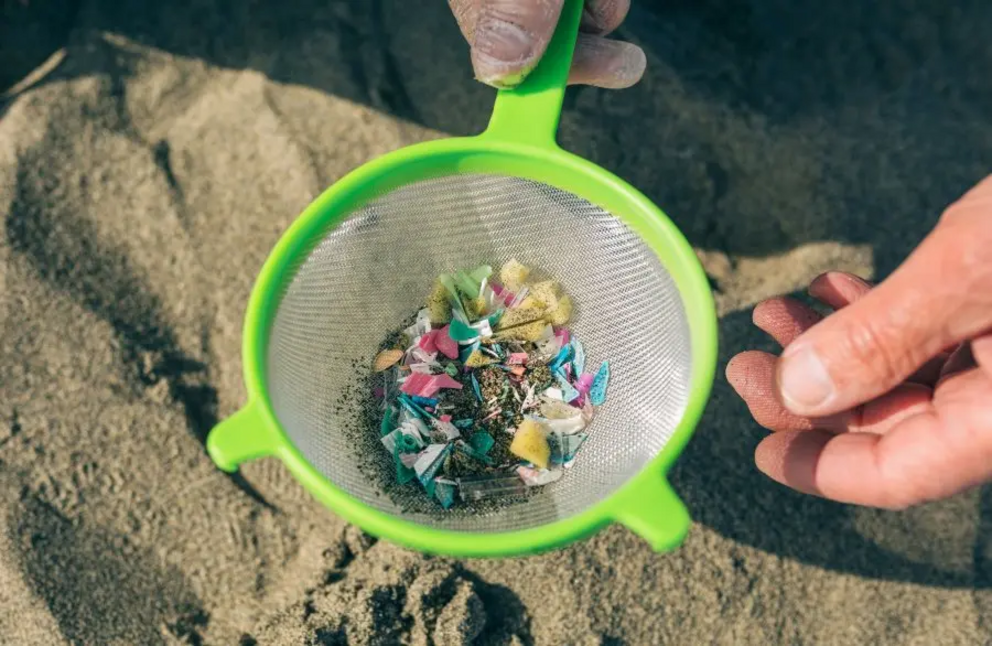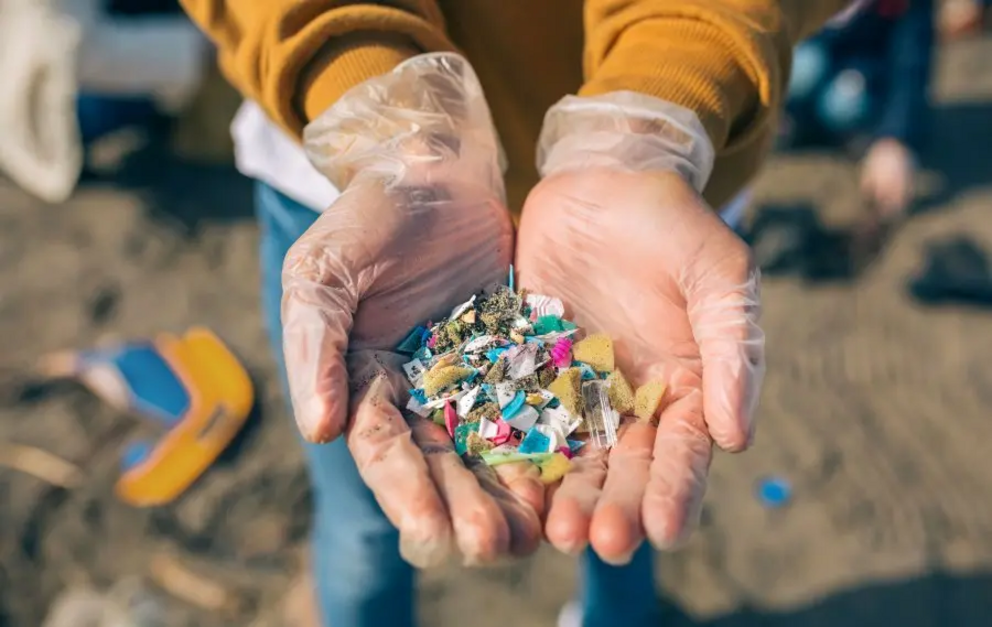Microplastics and their impact on human health causes concern and require immediate research
What are microplastics? How are they generated? What impact do they have on the environment and human health? Can it be eradicated from the planet?
These questions have started haunting the human mind and we need immediate answers to them. Consequently, well-organized, in-depth, and immediate research on microplastics must be conducted. Because only thorough research, one can provide the answers regarding the plaguing microplastics in our environment.
Microplastics contaminate the very air that we breathe, the food we consume as well as our drinking water. They are dispersed in the deepest water bodies across the world. They have also reached the tallest mountains on the planet. They are present in insects, corals, fish, whales, and most other living creatures. In addition, their presence is also seen inside the human placenta.
In short, microplastics exist everywhere. However, we are yet to know about their effects or consequences.
Echoing Concern Over Microplastics
Recently there is an urgent call for investigations regarding the impact of microplastics on human health. This is due to the reason that there is an astounding accumulation of small plastic particles within all environments of the Earth. Additionally, there are several worrying signs from ecotoxicology which is a study on animal toxicology. As a result, WHO (World Health Organization) expressed similar concerns earlier in the year 2019.
Duncan McGillivray is a chemist at Auckland University. He made some important comments and provided significant observations in light of the reports issued by WHO. He informed, that we do not have enough information about microplastics and their effects on human health. Accordingly, we should not panic over their impacts nor should we relax. Urgent research is the only way forward in this matter.
Juliette Legler is from the Utrecht University of Netherlands and Dick Vethaak is from the Vrije Universiteit of Amsterdam. They have recently published their observations in a paper titled ‘Perspective’ in the Science journal. The article gives a warning regarding the massive microplastic pollution, inhalation, and ingestion.
In addition, the article informs us about the possibility of microplastics becoming another huge health crisis for human beings. Legler and Vethaak have explained the extent of ignorance over these microscopic synthetic elements and their impact on our physiology.
The Methodology Of Small Synthetic Particle Study

Microplastics did not show any sort of immediate or severe toxicity on humans or living creatures across the planet even after so many years as of yet. Nonetheless, the probability of adverse effects from the minute yet incremental impacts, increasing concentrations, and long-term exposures to the small synthetic particles are troublingly unknown.
Researchers have found out about one potential threat of smaller microplastic substances. The larger microplastics get easily eradicated from human bodies in a similar manner to food waste. On the other hand, the small particles pose a bigger problem for toxicity.
Chelsea Rochman and Kennedy Bucci are ecologists at Toronto University. They wrote a review on small synthetic substances in 2020 in The Conversation. They outlined that the studies are more effective to detect the impact by using smaller elements.
They further explained that small organisms easily consume the smaller particles. The particles move around through all the cell membranes. This causes adverse effects including inflammation. As a result, the detection of small particle effects becomes more transparent.
Grey Area In Microparticle Study
Legler and Vethaak have repeatedly emphasized that we still do not completely know the level of exposure to synthetic particles. Nanoparticles are less than 1 mm in size while small microparticles are less than 10 mm in size.
They have explained that the biggest issue is not having the appropriate technology to correctly isolate, illustrate, and detect the nanoparticles and small microparticles. They stated that the dose-dependent impact on humans remains unknown.
Additionally, the research of culture conducted on human cells, aquatic species, and rodents suggest a translocation of microparticles that are less than 10 mm. The translocation takes place between the lymph to the circulatory systems. It causes systemic exposure as well as accumulation in the tissues of the brain, kidney, and liver.
Nonetheless, the size is not a big problem in the methodology of research. Legler and Vethaak have given a word of caution regarding the tissue exposure studies that seem inaccurate. This is due to the testing of new microparticles inside the laboratory facility.
Recent Progress In The Studies Of Microplastics
One latest review has shown that there are risks of degradation and varying behavior of microplastics after they enter living bodies. Research has mentioned studies explaining the way in which macrophages or waste disposal cells more easily pick up the ecologically degraded plastic microplastics. However, the pristine microplastics are not so easily scooped up.
Rodent and cell cultures of humans have revealed some amount of toxicity like cell damage, inflammation, immune response, metabolic and neurological effects. Such toxicity is often seen at extremely high exposures.
Textile and plastic industry workers are usually the victims of conditions such as allergies and inflammation. This is because they are exposed to a huge quantity of plastic dust on a regular basis.
We must also consider that microplastics might smuggle other toxic hazards like bacteria or viruses. They can also affect our microbiome. There is the presence of phthalates and fire retardants in the animal tissues. Nevertheless, their effects remain unknown.
Microplastic research has given opposing results and many factors are still unidentified.

